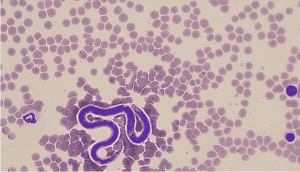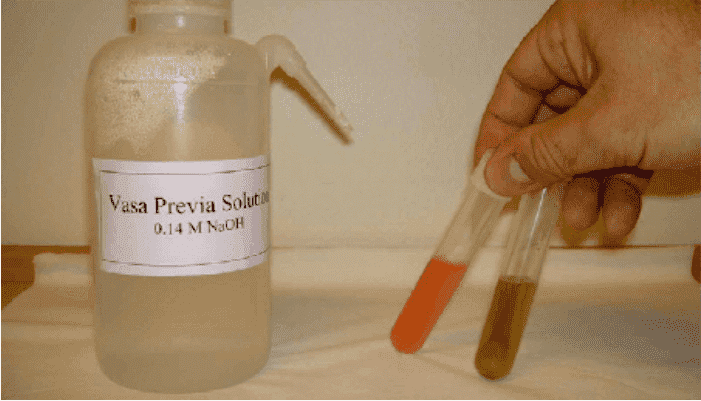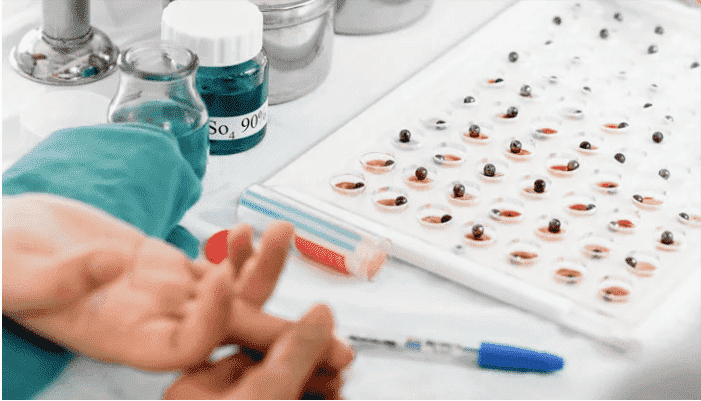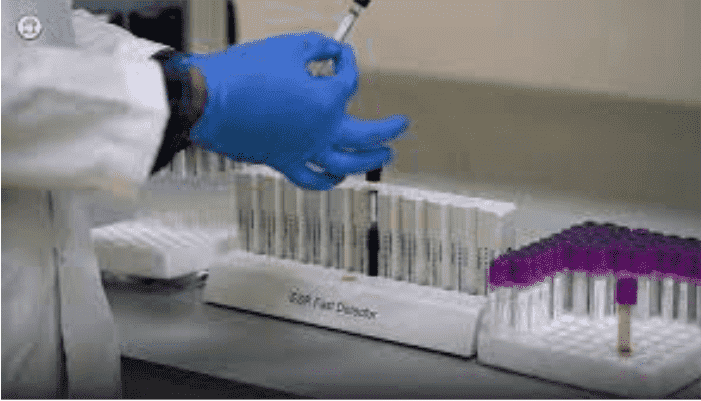Microfilariae Test: Blood Smear for Filarial and Trypanosomal Parasites

Synonyms
Blood Smear for Trypanosomal/Filarial Parasites, Filariasis Peripheral Blood Preparation, Helminths in Blood, Trypanosomiasis Blood Smear.
Applies to
Filarial Infestation, Trypanosomiasis, Hemoflagellates.
Test Commonly Includes
- Thick smear and thin smear
- Wet mount preparation
Specimen
Fresh peripheral blood, usually from fingerstick.
Container
Glass microscope slides.
Collection Guidelines
- Collect the sample at the **peak of the patient’s fever** for best parasite yield.
- Use both **daytime and nighttime** blood samples to increase detection accuracy.
- Consider the **geographic exposure** and **suspected parasite** when determining the collection time.
Reason to Reject Sample
- Clotted sample
Special Instructions
Document the **region of travel/exposure**, suspected parasite, and **collection time**—especially for patients returning from endemic areas.
Reference Range
No parasites identified (Normal finding).
Use
- Diagnose microfilariasis, elephantiasis, or other filarial infections.
- Detect bloodborne parasites including **Trypanosoma spp.**
Limitations
- A **negative result does not rule out infection**.
- Different parasites have **nocturnal or diurnal circulation**, requiring time-specific samples.
- Some species like Onchocerca volvulus and Dipetalonema streptocerca do **not circulate in peripheral blood**—requiring **skin biopsies** instead.
Methodology
- Prepare **wet mount** with a drop of fresh blood under a coverslip; observe motile microfilariae stirring red blood cells.
- Use **thick and thin stained smears** for species identification.
- Differentiation involves observing:
- Presence or absence of **sheath**
- **Nuclei arrangement in the tail**
- Timing and **geographic exposure**
Additional Information
Some filarial species require **tissue sampling** rather than blood:
- Onchocerca volvulus: Diagnosed via **skin snip biopsy**
- D. streptocerca: Also diagnosed from **subcutaneous tissue**
References
- Garcia LS, “Laboratory Methods for Diagnosis of Parasitic Infections,” Bailey and Scott’s Diagnostic Microbiology, Chapter 44, 1986: 838–42, 854–6.
- Jacobs, Demott, Finley, Horvat, Kasten.JR, & Tilzer, “Laboratory Test Handbook” Lexi-Comp Inc, 1994.


